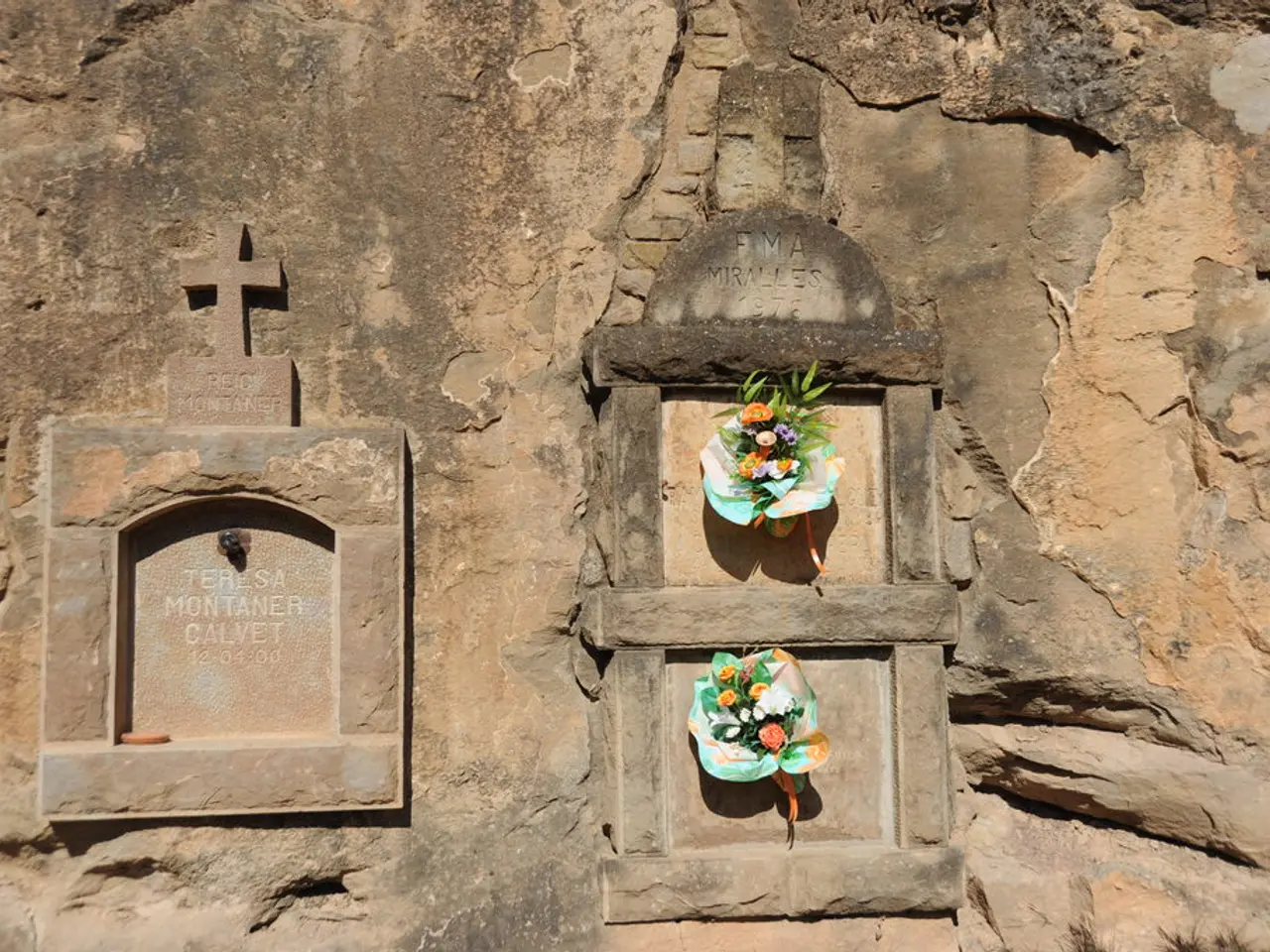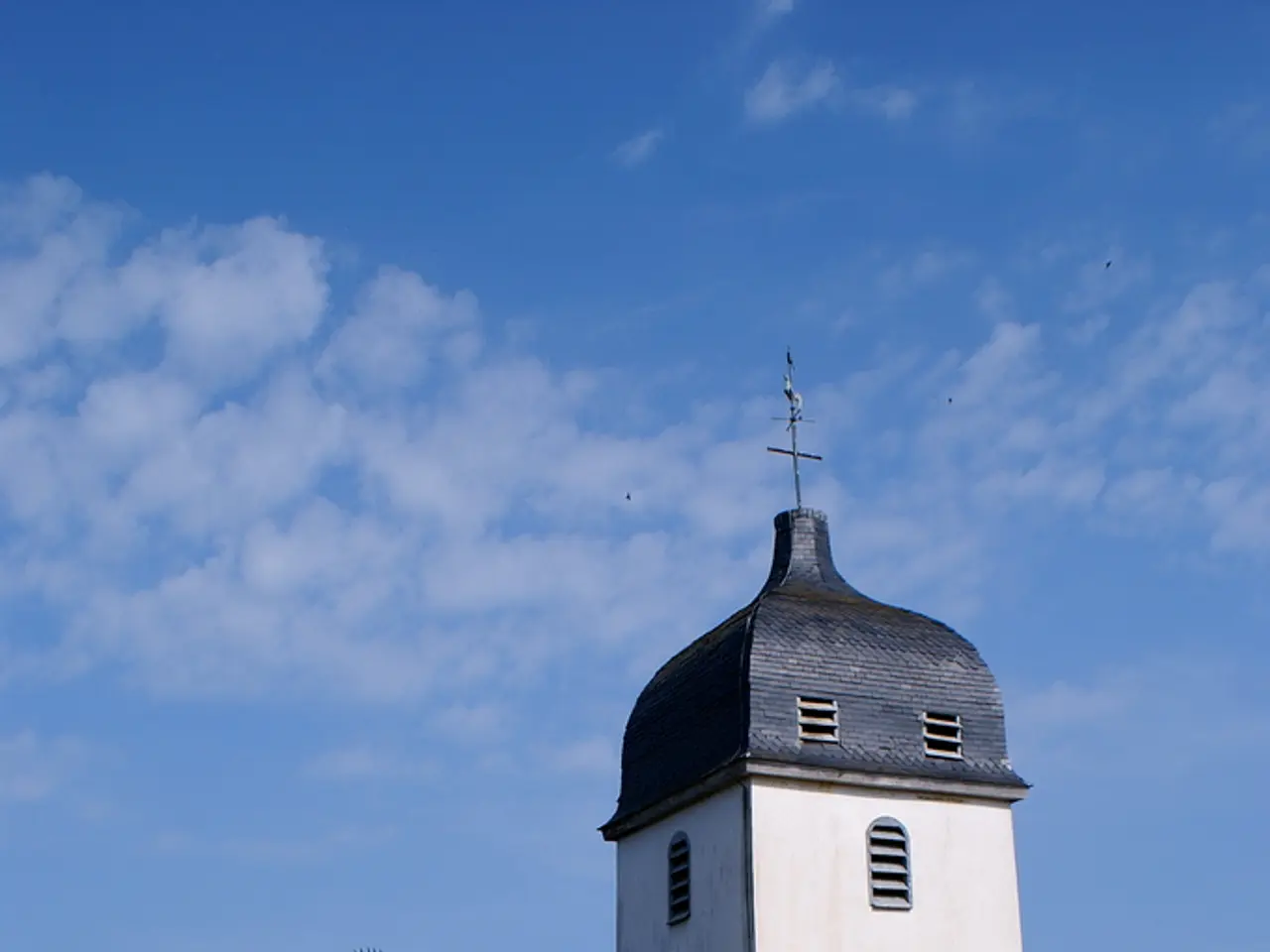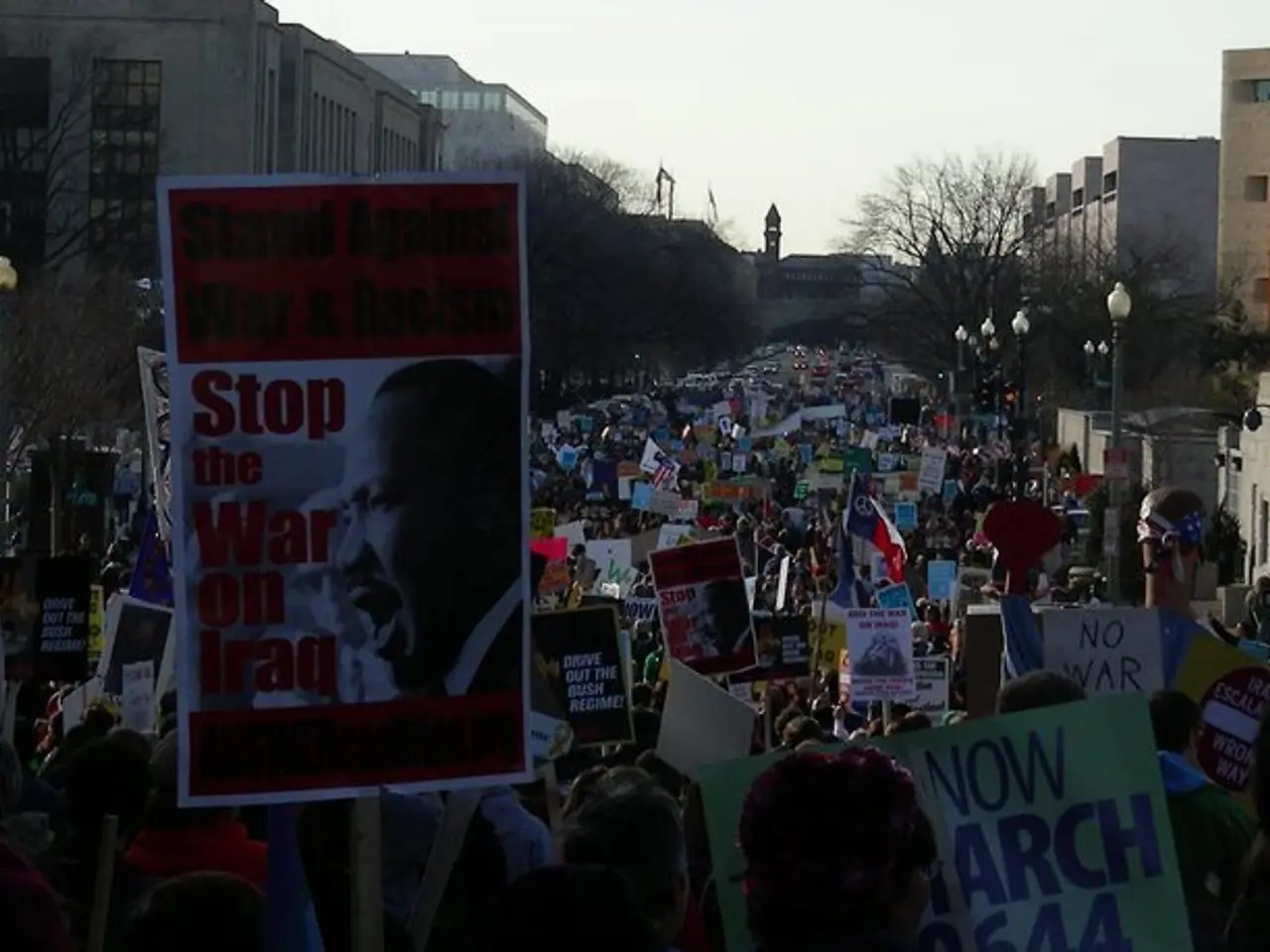Romanian ex-president Ion Iliescu laid to rest in Bucharest after formal burial ceremony
In a solemn ceremony held on Thursday, August 7, the funeral service for Romania's former president, Ion Iliescu, took place at the Cotroceni Palace Church. The service, the first for a head of state since the 1989 Revolution, was attended by numerous dignitaries and political figures, yet several notable absences were observed.
Among the most conspicuous absentees were current President Klaus Iohannis, Nicușor Dan, the head of the capital Bucharest, former PSD leader Mircea Geoană, former Prime Minister Adrian Năstase, and Kelemen Hunor. Although both Iohannis and Dan sent messages of condolence, they chose not to attend the funeral in person.
The absence of these figures, particularly Iohannis and Dan, was a point of discussion in the context of political divisions and Iliescu's divisive role in Romanian post-communist politics. Nicușor Dan expressed that history would judge Iliescu and emphasised the importance of clarifying the transitional period's issues, while Iohannis acknowledged Iliescu's significant impact but kept his distance by only sending condolences.
The public and political reaction around the funeral was interpreted by some as a reflection of a declining influence of Iliescu's political heirs. Commentary suggested that the response showed indifference or a sense of liberation rather than mourning.
Despite these notable absences, other prominent former politicians and PSD members, such as Marcel Ciolacu, Viorica Dăncilă, Adrian Năstase, Nicolae Văcăroiu, and Theodor Stolojan, attended the funeral and the ceremonies at Cotroceni Palace. The Save Romania Union (USR) officially did not attend but sent a wreath, signifying a formal but distant acknowledgment.
As the funeral procession made its way towards the Marinescu Gate, the National Anthem was played, followed by a 21-gun salute to conclude the state funeral. The coffin with Ion Iliescu's body was carried by soldiers to the gun carriage at the Ghencea III Military Cemetery, where the funeral service was performed.
Nina Iliescu, the former president's wife for 74 years, was unable to attend due to poor health. The service was performed by the vicar bishop of the Archdiocese of Bucharest, Timotei Prahoveanul, accompanied by a group of priests and deacons.
The funeral service for Ion Iliescu, a central figure of the 1990s transition, marked a significant chapter in Romanian history, reflecting the complex and contested nature of his legacy in contemporary politics.
[1] Romania-Insider.com [2] Digi24.ro [3] Agerpres.ro [4] Ziaruldei.ro
- The funeral service for Ion Iliescu, a historical figure in Romanian politics, sparked discussions about the current state of war-and-conflicts and politics within the nation, as some notable absences signified political divisions.
- The reaction to Ion Iliescu's funeral, marked by various interpretations, was indicative of the general-news landscape in Romania, with some viewing it as a reflection of a declining influence of his political heirs and others seeing it as a symbol of liberation.








